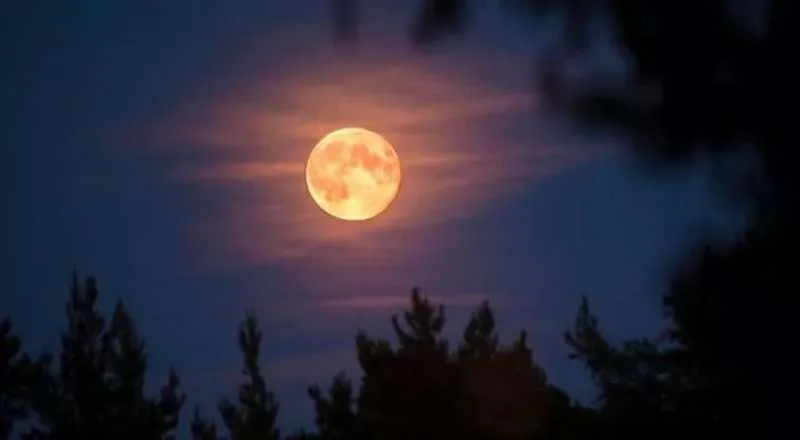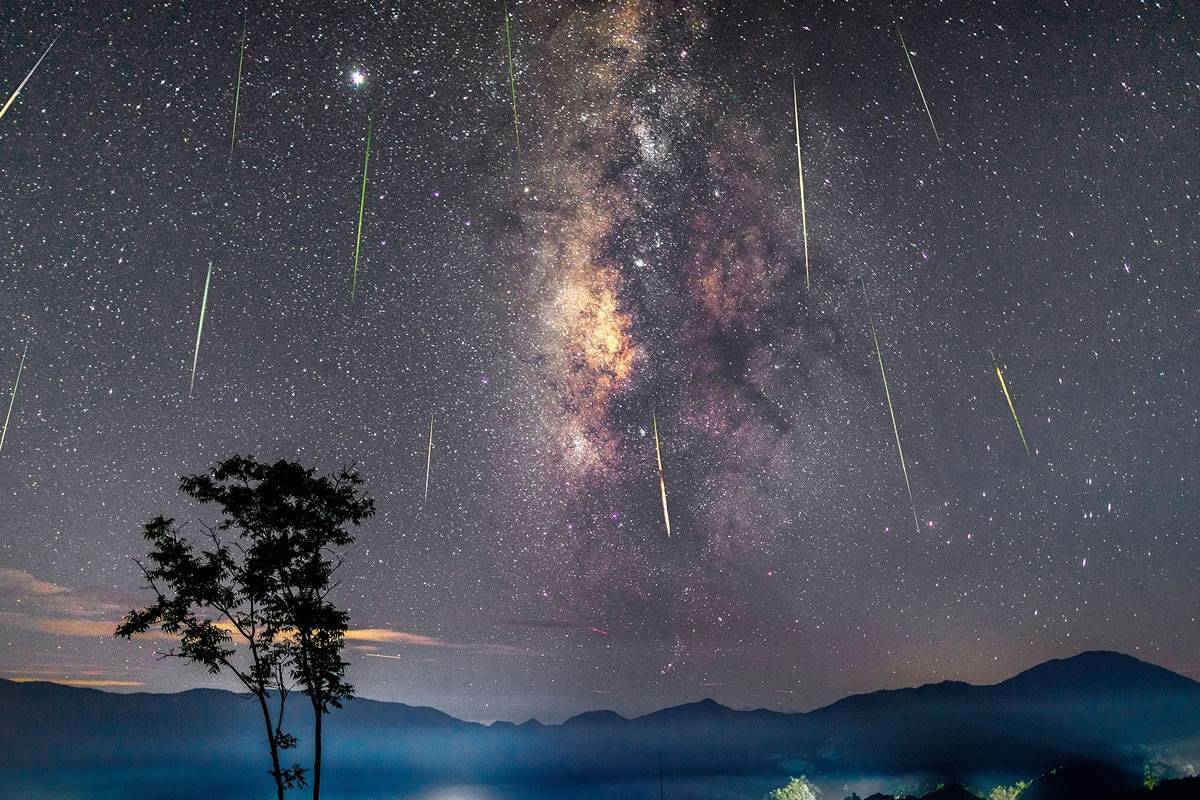November is a great month to observe meteors and comets over the Canary Islands
- 05-11-2023
- National
- Canarian Weekly
- Photo Credit: Stock Image
The month of November brings with it various astronomical phenomena visible in the Canary Islands. Although some of them can only be observed in certain parts of the archipelago, most will be easily seen and appreciated by everyone. Here is a look into what you can look forward to in the skies above us.
Meteor showers:
During this month the peaks of five meteor showers will be reached: the Southern Taurids, Northern Taurids, Leonids, Alpha Monocerotids, and Orionids.
Tonight, Sunday, November 5th, the Southern Taurids will be visible, while the Northern Taurids will be visible next weekend on November 12th. Despite being sufficiently visible to the naked eye, both events will only generate five meteors at their peak.
The peak of the Leonid stars will occur during the night of November 17th-18th, when it will be possible to see up to 18 meteors per hour. In addition, another peak of activity is expected at midnight on the 21st.
Full Beaver Moon:
On November 27th, the Full Moon will take place in the constellation of Taurus, which was named by Native Americans as it was the time beavers were most active in preparation for winter. Also, at this time of year in North America, traps were often set to capture beavers because of their thick, warm fur.

Lunar occultation of Venus:
On November 9th, Venus will experience a phenomenon known as a lunar occultation, where it will be behind a thin crescent moon. In the constellation of Virgo, hours before dawn you can witness how the Moon and Venus approach each other.
Comet Lemmon:
The comet called Lemmon (C/2023 H2), which was only discovered earlier this year, reached its closest point to the Sun on October 29th and is now heading toward its closest approach to Earth, which will occur next Friday, November 10th.
During this day, the comet may reach a brightness magnitude of 6.3, which makes it a magnificent object to observe with binoculars as it moves through the constellations of Hercules, Aquila, Capricorn and Pisces Austral.
Visibility of several planets:
Astronomy fans will be able to enjoy the visibility of several planets in the sky over the next few weeks. During the nights, Mercury can be seen on the southwest horizon, while it passes through the constellations of Libra, Scorpio and Ophiuchus. Venus will be visible on the eastern horizon during the mornings. Jupiter, on the other hand, will rise throughout the night in the constellation of Aries. Additionally, the planet's four largest moons will be easily recognizable, as they will appear as bright spots on either side of it.



























































